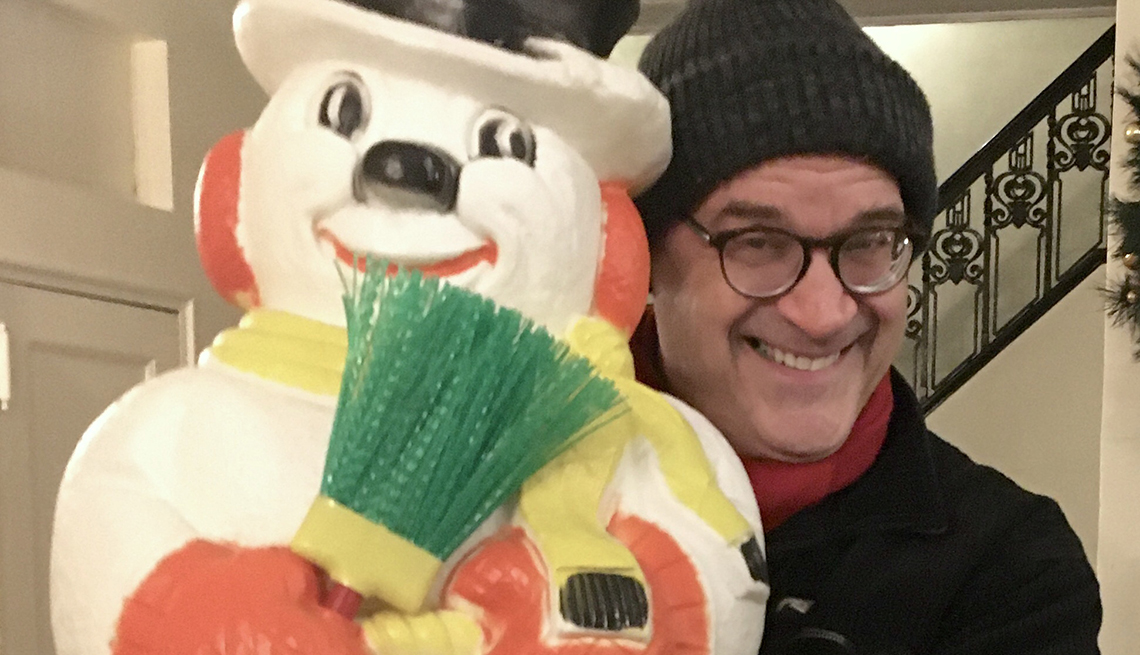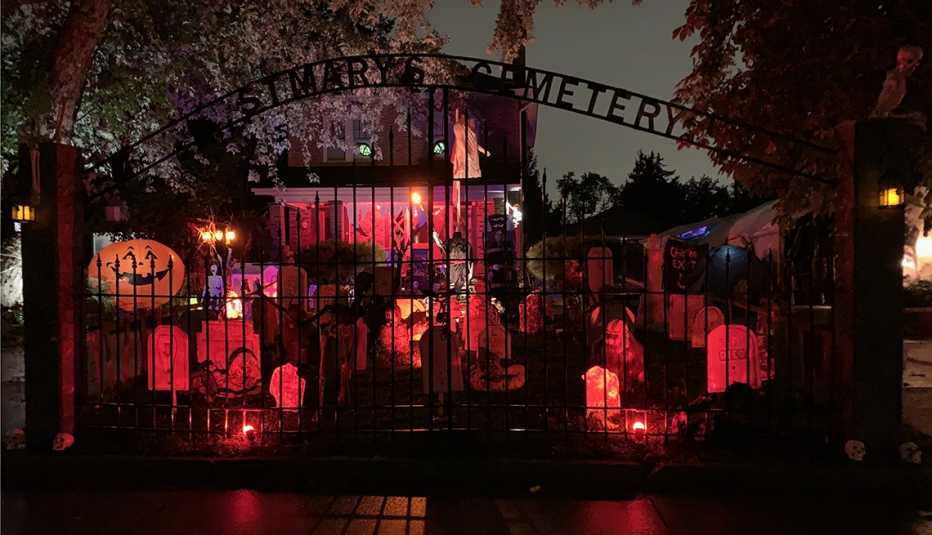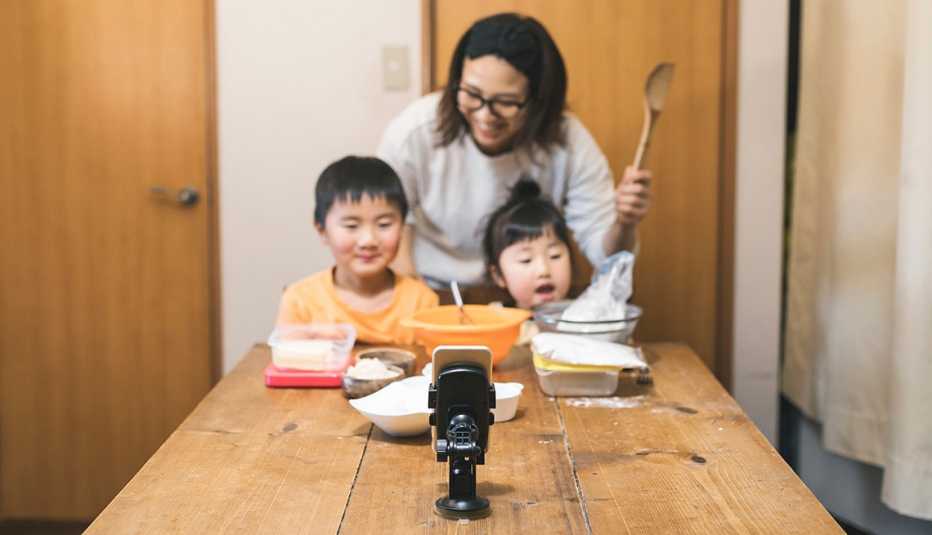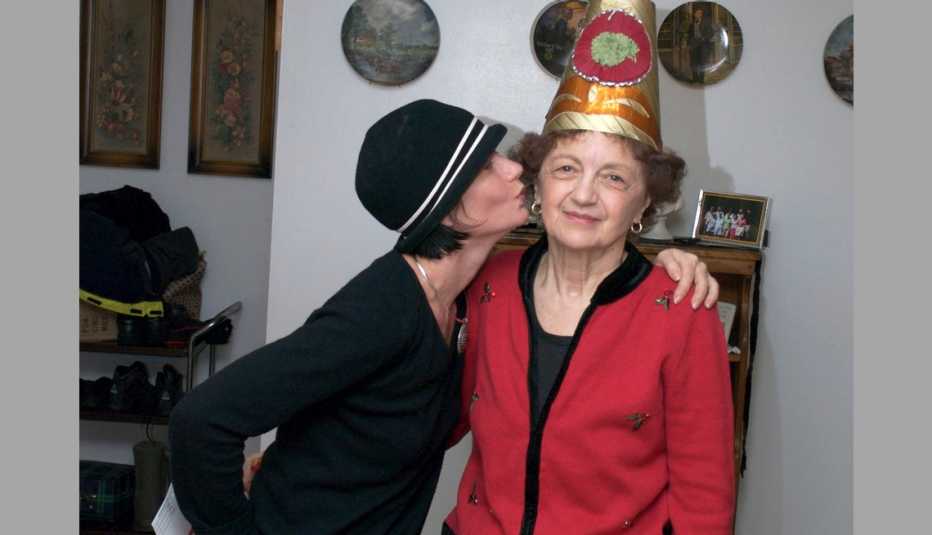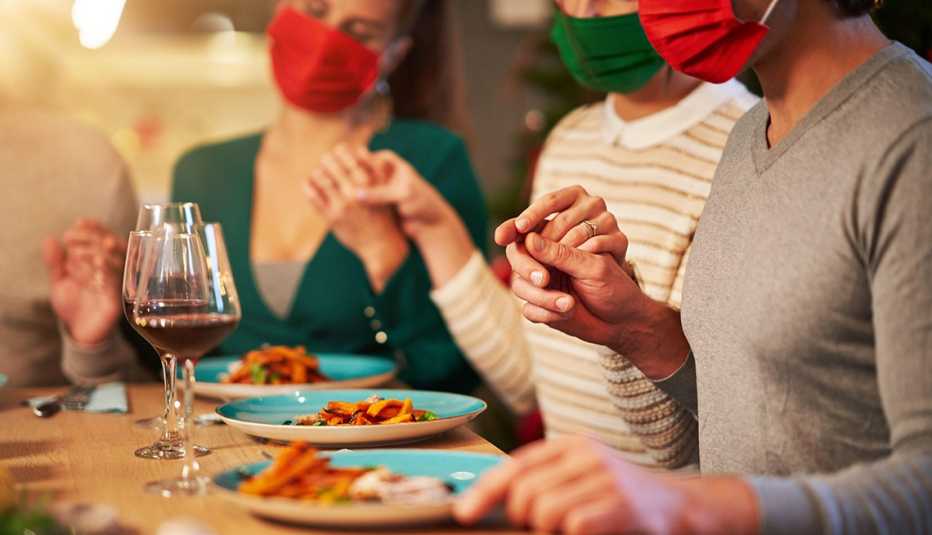Staying Fit
Paul Jeromack loves Christmas. So when he quarantined in early March and faced a long, lonely spring, Jeromack knew what he had to do: He put up Christmas lights.
String lights brighten his dining room windows, blinking lights with star reflectors cast a glow in his bedroom, and plastic light-up Santa Claus statues dot his apartment. More glittery, shiny ornaments are unpacked nearly every day.


AARP Membership— $12 for your first year when you sign up for Automatic Renewal
Get instant access to members-only products and hundreds of discounts, a free second membership, and a subscription to AARP the Magazine.
Jeromack, a 60-year-old art dealer from New York City, was not alone in his decision to put up holiday decorations early this year. Many people are trying to push back against news of the pandemic, economic downturn and political upheaval by going all out on indoor and outdoor decorations, stringing colored lights, putting out pumpkins, garlands and wreaths.
“We all are looking for a sense of connection to other people after feeling the effects of lockdowns and isolation,” says Suzanne Degges-White, chair of counseling and higher education at Northern Illinois University. “Holiday decorating — which is typically the lighting of lights in the dark winter — is totally needed this year.”
Decorations that make people smile
While Jeromack found a bit of happiness by getting ready for Christmas in March, Nancy McDowall-Dunford, 52, turned to something far creepier — a mad scientist laboratory and assorted ghouls and ghosts.
Back in April when Windsor, Ontario, was deep in the throes of its own lockdown, McDowall-Dunford and her husband, Todd Dunford, had a conversation about Halloween.
For years, the couple had transformed their farmhouse into a house of horrors, complete with a haunted maze and all sorts of thrills and chills to scare the public.
During the pandemic, they weren’t sure whether to move forward with those plans. But after talking with her husband, McDowall-Dunford decided to decorate with gusto — for her own mental health and that of those in her community.
“You’ve got to have something to look forward to, something that makes you happy, that makes you smile, and makes you feel giddy,” she says. “You’ve just gotta have that!”



























































